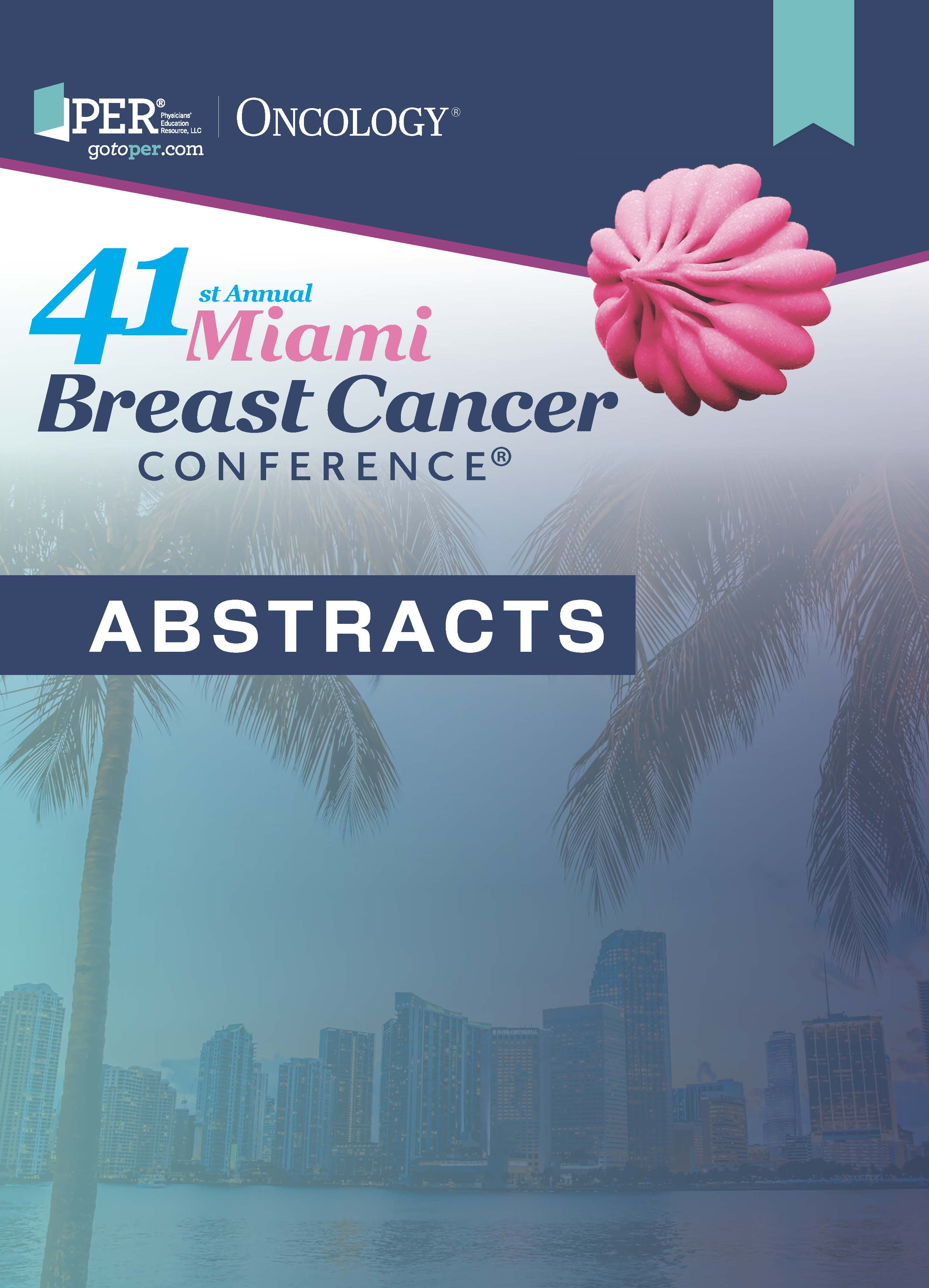70 Navigating Lymphedema: The Impact of Indocyanine Green Lymphography (ICG_L) on Personalized Therapy Outcomes in Patients With Breast Cancer (BC)
Navigating Lymphedema: The Impact of Indocyanine Green Lymphography (ICG_L) on Personalized Therapy Outcomes in Patients With Breast Cancer (BC)

Background
Conventional methods of diagnosing and monitoring breast cancer–related lymphedema (BCRL) through tape arm measurements and bioimpedance screening have been utilized in routine clinical practice, while both techniques are acknowledged to have their respective strengths and limitations in therapy management and follow-up. However, there is a growing interest in more advanced diagnostic tools that can detect early lymphatic changes before they manifest clinically.
In this study, we aim to elucidate the role of indocyanine green lymphography (ICG_L) in the early diagnosis of BCRL among high-risk BC survivors and evaluate the efficacy of personalized physical therapy interventions informed by ICG_L findings.
Methods
From October 2018 to December 2021, we enrolled patients in our early detection and prevention program. Eligible participants had undergone axillary lymph node dissection (ALND), received regional/nodal irradiation therapy, or had lymphedema symptoms. All patients underwent ICG_L for the diagnosis of lymphedema and to initiate personalized comprehensive compression lymphedema therapy.
Results
Among 154 BC survivors at high risk for BCRL, 184 arms were evaluated with ICG_L. The mean (SD) age of the patients was 54.7 (11.9) years. A significant number of patients were overweight (49 patients [31.8%] ) or obese (73 patients [47.4% = ]). While the majority (106 patients [68.8% = ]) had undergone a mastectomy, 96 patients (52.2% = ) had an axillary lymph node dissection, and 61 patients (40% = ) underwent a contralateral mastectomy. Regional/nodal irradiation therapy was given to 87 patients (56.5%). In all, 73.4% of the patients presented episodic lymphedema symptoms varied, with episodic swelling being predominant in 29.9% (n = 55) of the arms, pain and altered sensation noted in 32.6% (n = 60), decreased range of movement found in another 30.4% (n = 56), and tightness or heaviness reported by 10.3% (n = 19). Remarkably, a small 3.8% (n = 7) had a history of upper extremity cellulitis.
Initial ICG_L analysis on admission revealed that 57.1% (n = 105) of the arms had no lymphedema with patent lymphatics and optimal lymphatic flow. In contrast, 22.3% (n = 41) were considered to have stage 1 lymphedema, 17.9% (n = 33) were at stage 2, and 2.7% (n = 5) of the arms were at stage 3. Tailored comprehensive lymphedema treatment for those diagnosed with ICG_L is based on a combination of self-care measures, personalized compression therapies, and physiotherapy. Patients were monitored for a median duration of 27 months (range, 14-58 months). At last visit, 4.3% (n = 8) of the patients presented with clinical lymphedema.
Conclusion
Although longer follow-up is needed, these results suggest that early diagnosis with ICG_L and preventive tailored treatment enhance clinical outcomes, potentially preventing clinical lymphedema in up to 94.7% of high-risk patients for BCRL.

2 Commerce Drive
Cranbury, NJ 08512
All rights reserved.